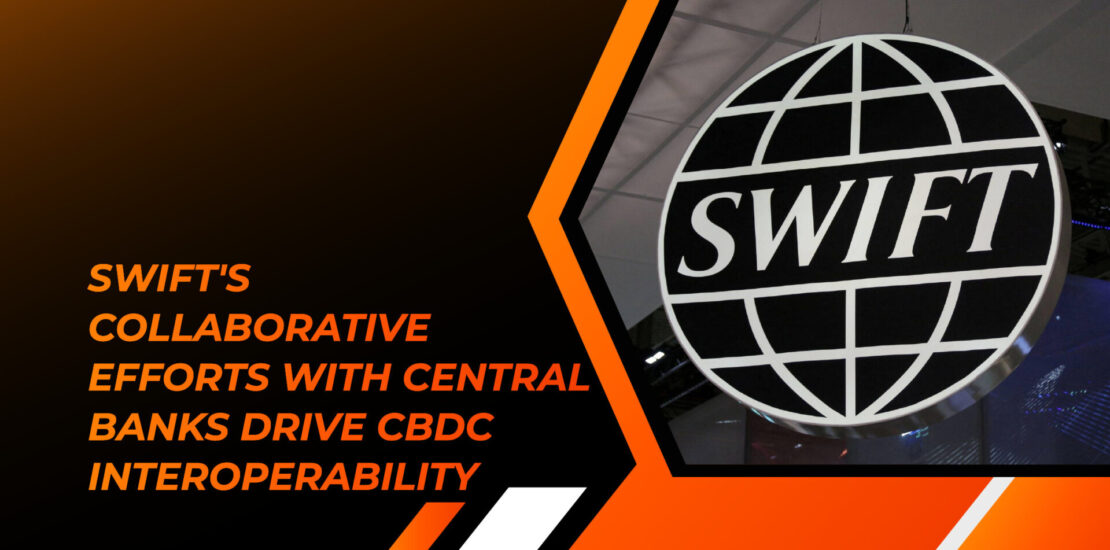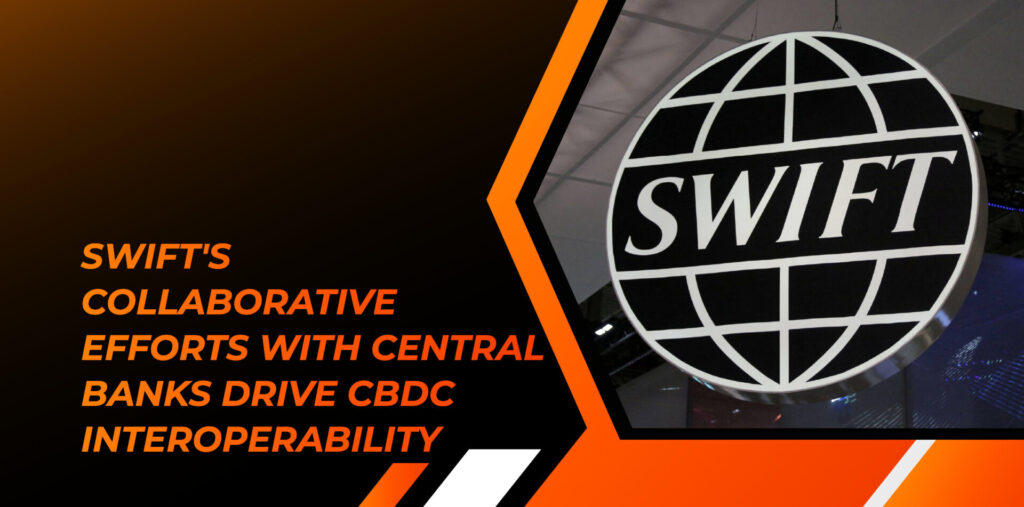- September 16, 2023
- Posted by: [email protected]
- Category:


Global messaging platform Swift has embarked on a groundbreaking collaboration with three central banks to initiate beta testing of its central bank digital currency (CBDC) solution, a strategic endeavor aimed at propelling cross-border payments into the future using CBDCs.
The Hong Kong Monetary Authority, along with the Central Bank of Kazakhstan, are among the three central banks presently incorporating Swift’s innovative solution into their CBDC infrastructure, according to an official press statement from the global financial messaging network. The core objective of this collaborative venture is to establish seamless interoperability among CBDCs, facilitating frictionless transactions across a diverse spectrum of digital currencies.
Swift’s Chief Innovation Officer, Tom Zschach, emphasized the company’s primary focus on interoperability, ensuring the harmonious coexistence of new digital currencies with existing fiat-based currencies and payment systems. He emphasized the importance of Swift’s CBDC innovations in preventing the formation of digital silos while securely bridging the payment systems of today and those that lie ahead.
The inception of this transformative CBDC connector infrastructure dates back to March, initiated through a meticulous sandbox testing process. During its initial phase, 18 global financial institutions, including heavyweight players like HSBC, Banque de France, and the Royal Bank of Canada, successfully processed a substantial 4,736 transactions spanning the Quorum and Corda blockchain networks, as well as transactions between Corda and a fiat currency.
Building upon the achievements of this preliminary phase, Swift has now entered its second stage of CBDC sandbox experiments, engaging with over 30 institutions, including stalwarts such as the Reserve Bank of Australia, Deutsche Bundesbank, Hong Kong Monetary Authority, and the Bank of Thailand. This phase delves into various use cases, including trigger-based payments for digital trade platforms, foreign exchange models, delivery versus payment mechanisms, and liquidity-saving solutions.
Swift’s colossal influence in the digital payments arena is irrefutable, with a sprawling network that interconnects over 11,000 banks, financial institutions, and corporations spanning 200 countries and territories. Nonetheless, potential competition looms in the form of the Bank for International Settlement’s (BIS) Unified Ledger global CBDC system, which threatens to disrupt Swift’s core domain of international money transfers. The Unified Ledger envisions the tokenization of international central bank money, commercial currency, and a diverse array of assets on a unified platform, ushering in a new era of seamless transactions and interactions.
The global landscape is witnessing a surging interest in CBDCs, with 130 countries, representing an astounding 98% of global GDP, actively exploring CBDC initiatives, while 19 of the G20 nations have advanced significantly in their CBDC development efforts. Notably, 11 countries have already launched fully-fledged CBDCs, including China, The Bahamas, Nigeria, Anguilla, Jamaica, and seven Eastern Caribbean countries. While there are no confirmed plans for a retail CBDC in the United States, the country is actively pursuing the establishment of a wholesale (bank-to-bank) CBDC, indicating the country’s continuous dive into the digital currency sphere.



